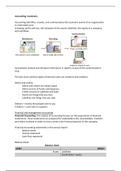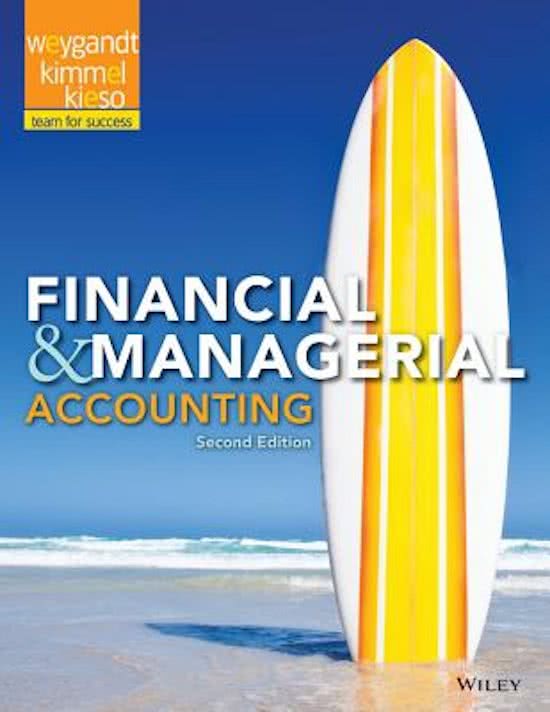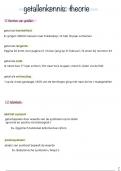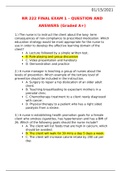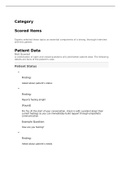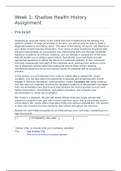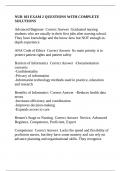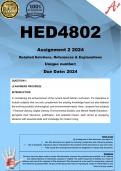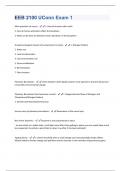Samenvatting
Summary Accounting I EBE + IBA + BA + BK VU 2021
- Instelling
- Vrije Universiteit Amsterdam (VU)
Summary of the Accounting I course for EBE, IBA, BK and BA at the VU. The summary contains everything the professor said during the lectures + detailed explanation of the material + all formulas. I had studied this summary and practiced all questions and got a 9.3. Good luck!
[Meer zien]
